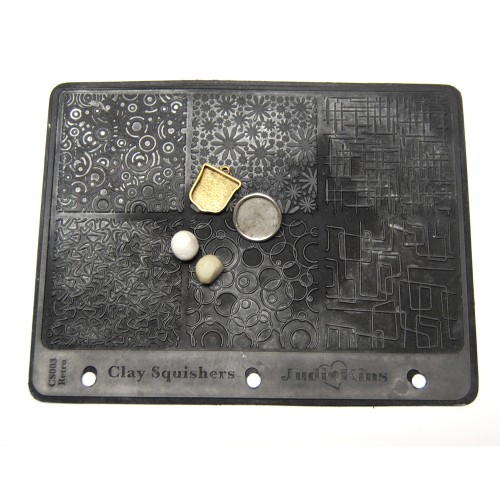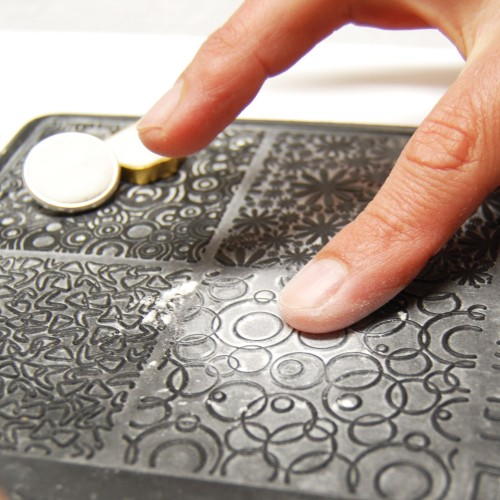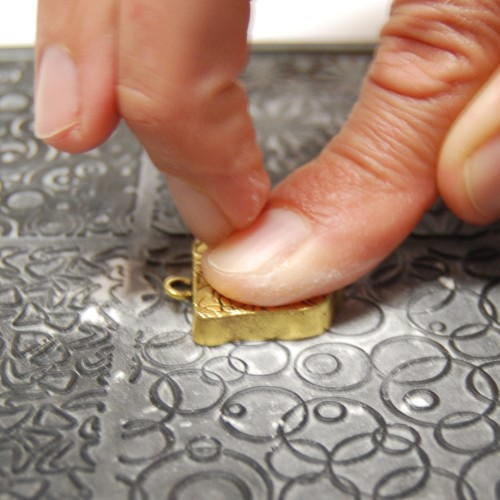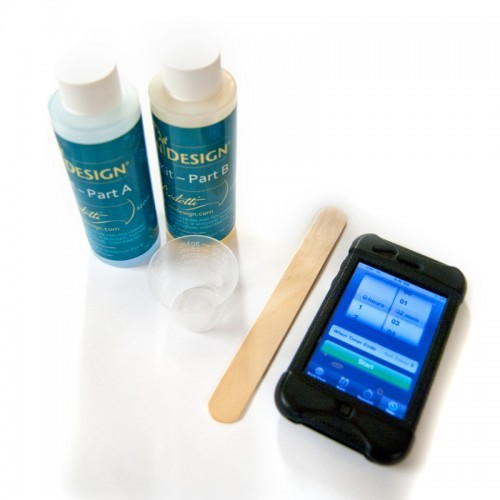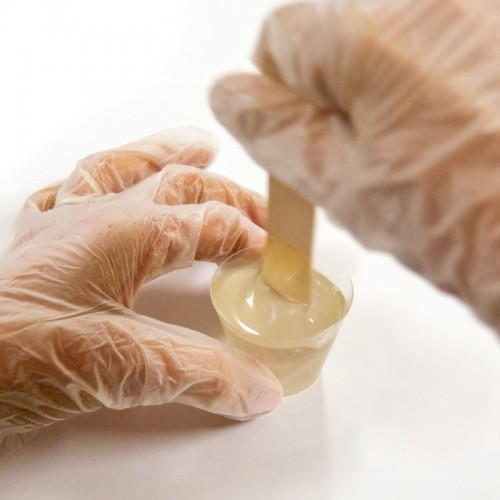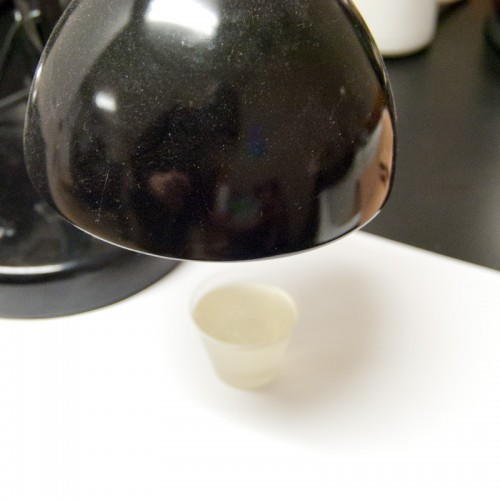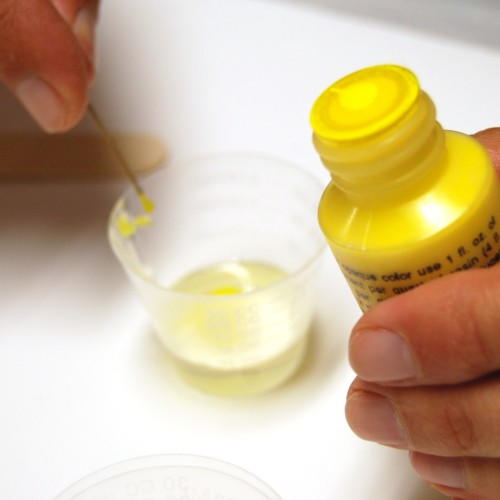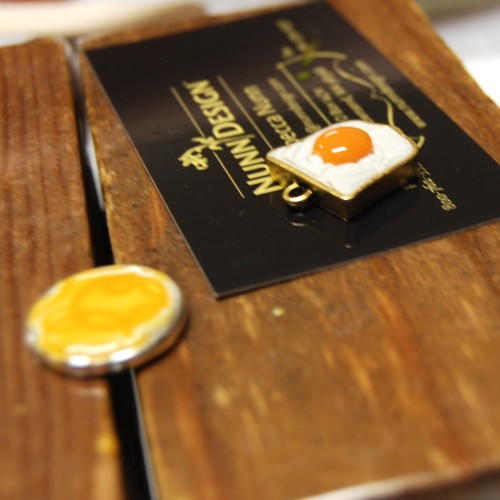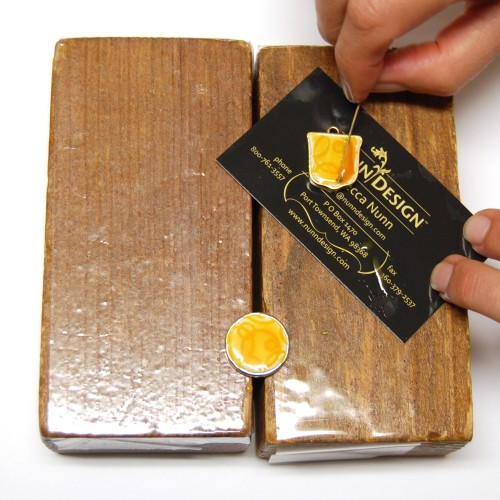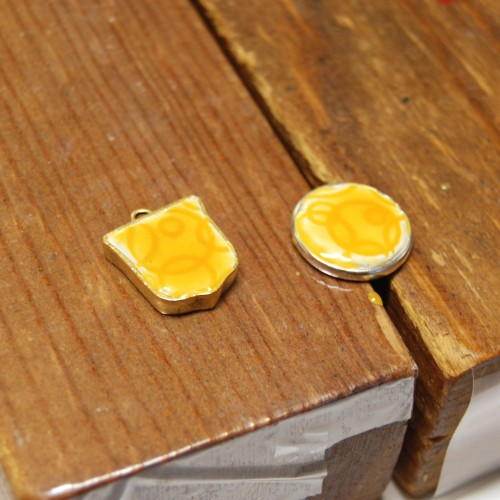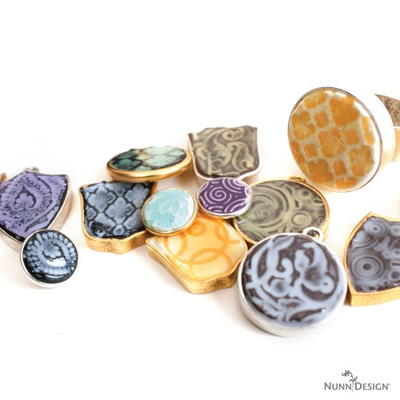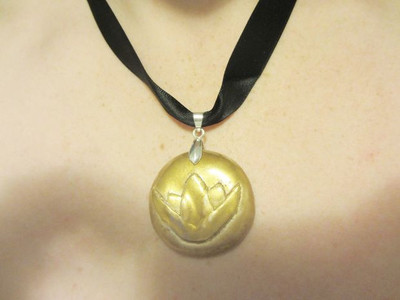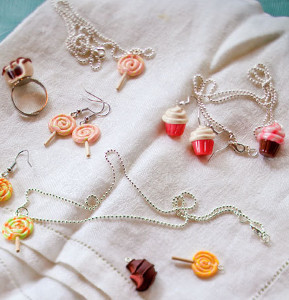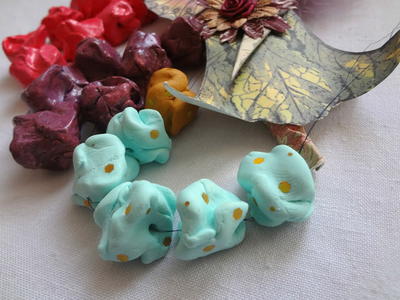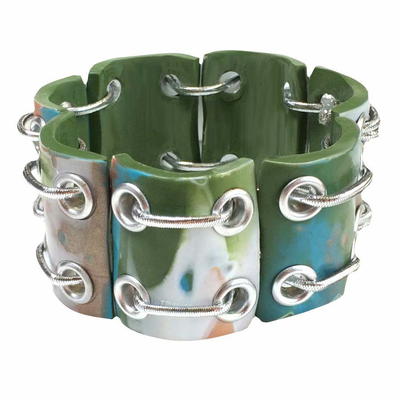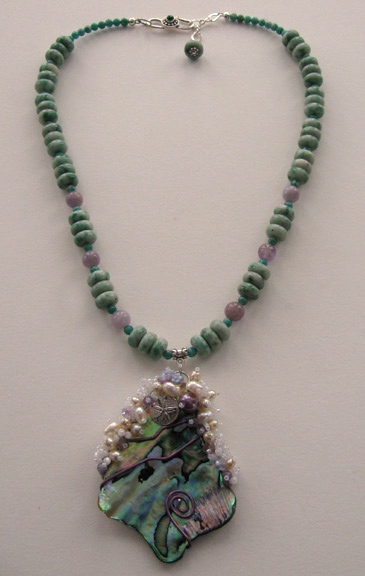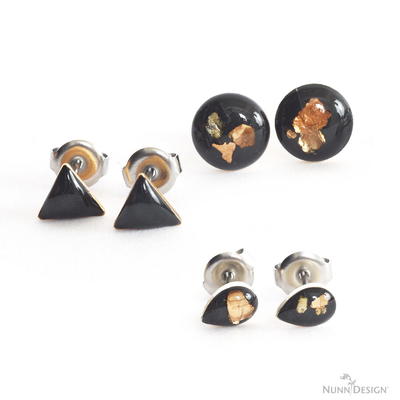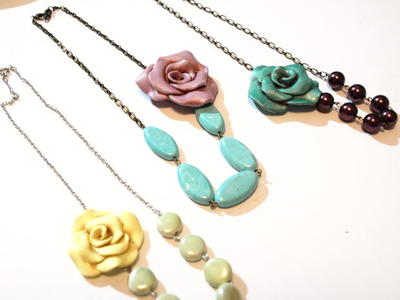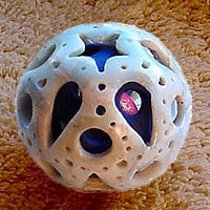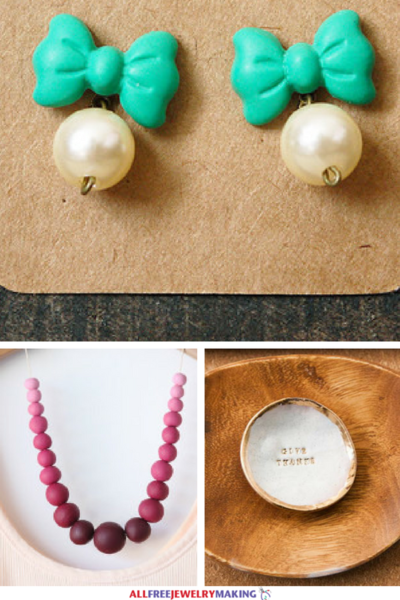Texturizing and Colorizing Epoxy Clay
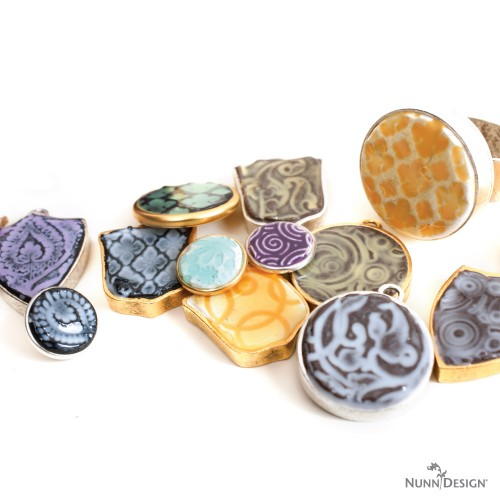
Texturizing and Colorizing Epoxy Clay will become one of your new favorite jewelry making techniques. Try out this step-by-step DIY jewelry tutorial to learn how to make bracelets, necklaces, and more with gorgeously texturized and colored clay elements. Using epoxy clay, resign, and pigment, you can make the exact look you're going for and wear your new clay jewelry pieces with all your favorite outfits. This tutorial from Nunn Design is a must-have for jewelry makers!
Project TypeLearn a Technique
Time to CompleteWeekend project
Bead Project TypeOther

Materials List
- Bezels, Rings or Button Bezels
- Epoxy Clay-Crystal Clay
- Clay Squisher Texturizing Pads
- Nunn Design 2-Part Resin
- Castin’ Craft Colorants
- Wet wipes
- Toothpicks or headpins
- Gloves
- Baby Powder
- Stir Sticks
- Stir Cups
- Timer
- Plastic Bag
- A Light
- Business cards or card stock
This Sculpted Relief Resin Mold in an Open Bezel tutorial will show you how to create unique elements that you can add to your favorite DIY jewelry pieces. Or, they may inspire you to create an entirely new design!
Texturizing the Epoxy Clay
-
Follow the manufacturer’s instructions for the handling and mixing of the Epoxy Clay-Crystal Clay. While wearing gloves, pinch off two equal sized balls of Part A and Part B and blend together fully until the clay is no longer marbled and uniform in color. You have approximately 90-120 minutes of working time before the clay starts to harden, so take your time. Once the clay is thoroughly mixed, remove your gloves to make it easier to work with the clay.
-
Roll the thoroughly mixed Epoxy Clay-Crystal Clay between your palms until it forms a smooth round ball. I like it to be smooth because it prevents from having creases once the impression is made. Press the ball into your bezel, ring, button or flat tag and create an even smooth surface by patting down the clay with your fingers. If you put too much clay in it will squish out the sides and you will have clean up to do. If you don’t put in enough, you might not get a good impression. Regardless, both are easy things to fix, so it might take a little experimenting to get it just right.
-
Now, let’s make an impression in our epoxy clay. Sprinkle or rub a wee bit of the baby powder over the surface of your Clay Squisher or texturing source. The baby powder will help the clay not stick to your surface. Place your Epoxy Clay-Crystal Clay filled finding over the texturizing pad and squish down with equal force. I like to pick up the mold and use my fingers to push from the top as well as the bottom to create a good impression.
-
Using a wet-wipe, clean up any excess Epoxy Clay-Crystal Clay that might have been left on the jewelry finding. The Epoxy Clay-Crystal Clay hardens like cement, so cleaning it up now and being tidy as you go makes the process easier and the results so much nicer. Allow the Epoxy Clay-Crystal Clay to dry for at least 12 hours, well that is what I (Becky Nunn) did, but the staff here at Nunn Design went straight on to pouring the colorized resin on the uncured epoxy clay. Both turned out just fine so use your best judgment!
Preparing the Colorized Resin
-
Read the resin instructions for safety concerns regarding the Nunn Design Resin. When I work with resin, I always:
1. Place a large plastic bag over my work surface and tape it down.
2. I make sure I have ventilation in my workroom.
3. I wear gloves.
4. I wear glasses (readers because I can’t see anymore. Plus it protects my eyes!).
5. I have a pile of wet wipes handy. -
Mixing your resin: Place one cup (included in the Nunn Design Resin Kit) onto your table. For curing purposes, it is very important that the resin be an exact 1 to 1 ratio of Part A and Part B. I suggest getting your eyes level with the resin so you can see the lines on the measuring cup. Pour Part A of your resin kit up to the ½ fluid ounce mark on your measuring cup. Pour Part B of your resin kit into the same cup until it is filled to the 1 fluid ounce mark. It is important to pour Part A first and then Part B. It is some chemical thing about the part B being heavier or something.
-
Set your timer for 2 minutes. Using the stir stick from your kit (a popsicle stick or coffee stir stick will work great too), slowly and carefully stir your resin scraping the sides as you stir. Stir for the full 2 minutes. After 2 minutes, scrape both sides of your stir stick on the edge of your resin filled cup. Set the mixture under a warm lamp for 5 minutes. I like the lamps with the adjustable arms that can get right down next to the resin. This aids the air bubbles in the resin to rise to the surface and pop.
-
After your resin has been under the lamp for 5 minutes, pour a small amount of the mixed resin into a measuring cup. Add in a couple drops of the Castin’ Craft Opaque Pigment to give the resin color. I like to use a toothpick or a headpin to add the pigment to the resin. You only need a tiny bit to color the batch. If the resin isn’t as opaque as you would like, add in a drop of the White Opaque Pigment. You can mix the full 1 fluid ounce of resin if you want, but I transfer the resin into smaller cups because it is easier to stir and less messy to move around when less full. To make this tangerine color, I mixed a headpin of yellow and red pigment.
Tip: Be sure that the colorant does not equal more than 10% of your resin as having more than 10% could cause issues with curing! -
I tend to work in small area (typically my kitchen table), so I like to work on a surface that projects can be easily moved around on and not disturbed. Place some business cards or some heavy card stock onto your work surface, making it easy to move the bezels or tags without getting any resin on your fingers. Lay your bezel or tags onto the business cards, keeping in mind that you will be covering them later with cups to prevent dust for getting on the surface of the uncured colorized resin.
Tip: For findings, such as button shanks or ring, use two wood blocks to create a flat surface. I covered mine with packing tape for easy clean up. -
Pour the mixed resin onto the epoxy surface you want to colorize. It is best to under pour and then add more if necessary. Using a toothpick or a headpin will allow you to poke it down into the crevices and drag the resin over to the side edges. You can also use the toothpick or headpin to remove excess resin.
-
Using a wet-wipe, clean off any resin that might be on the sides of the bezel. Let the resin dry for 12-14 hours. It will be dry to the touch, but resin continues to cure over the next 72 hours. I like to put one of the small cups from the resin over the top to prevent from dust getting into the resin as it dries.
Read NextGorgeous Gold Flake Resin Earrings

